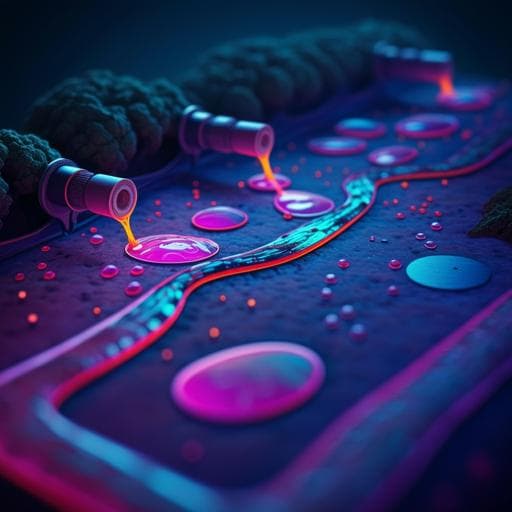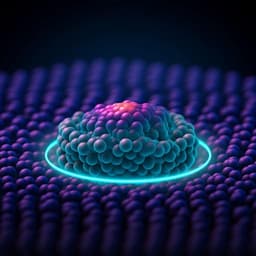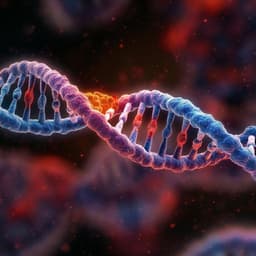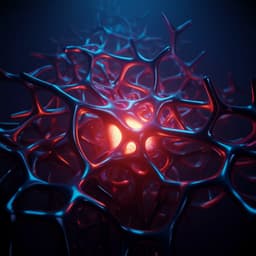
Engineering and Technology
Detection and extraction of heavy metal ions using paper-based analytical devices fabricated via atom stamp printing
Y. Guan and B. Sun
Discover a groundbreaking, cost-effective approach to creating microfluidic paper-based analytical devices (µPADs) and a pioneering paper-based solid-liquid extraction device for heavy metals, developed by Yanfang Guan and Baichuan Sun. Their innovative methods hold promise for enhancing food safety and environmental monitoring in resource-limited settings.
~3 min • Beginner • English
Related Publications
Explore these studies to deepen your understanding of the subject.







